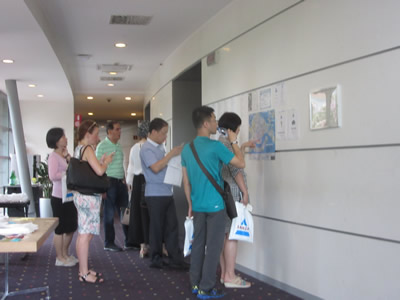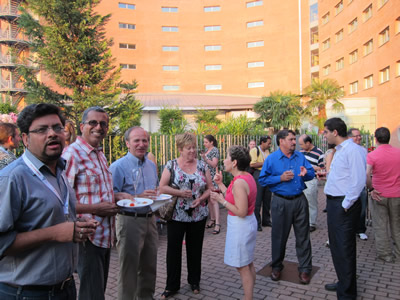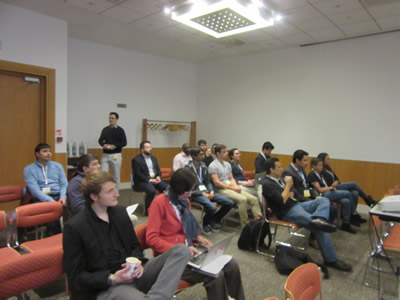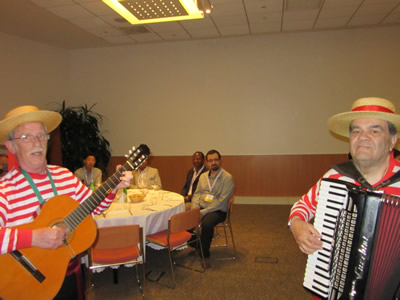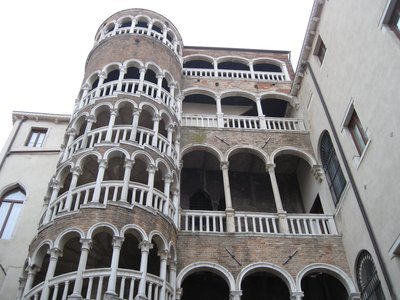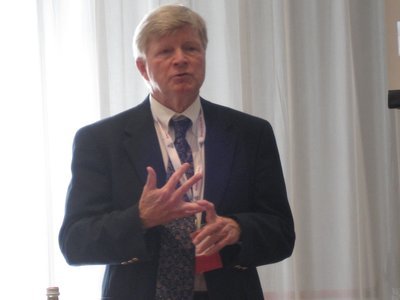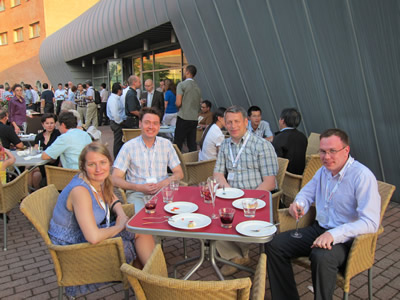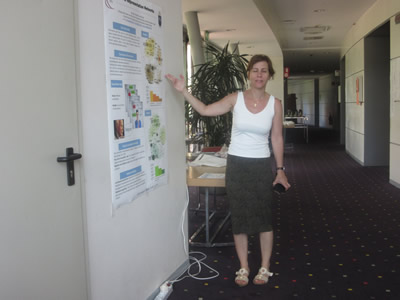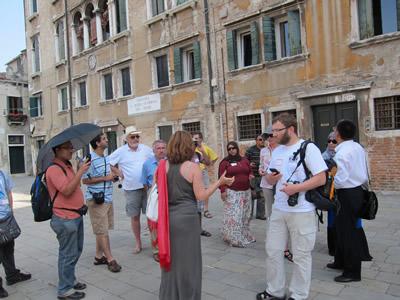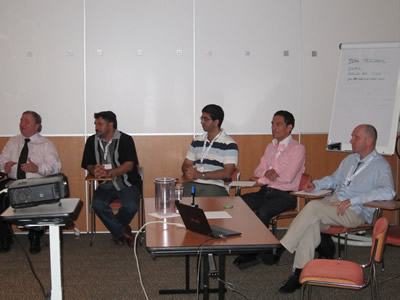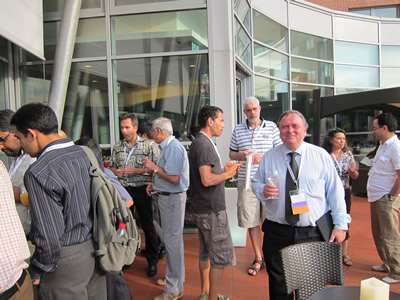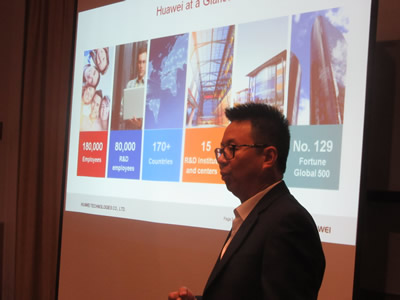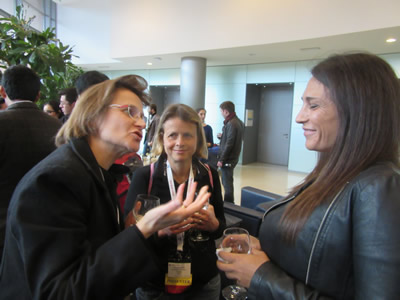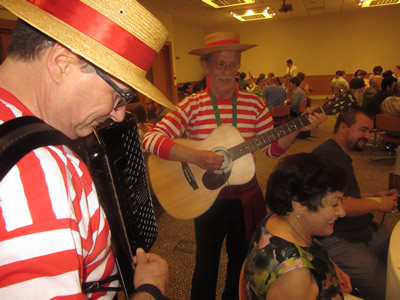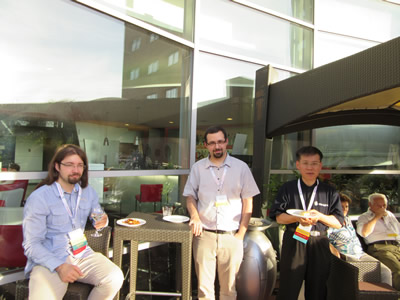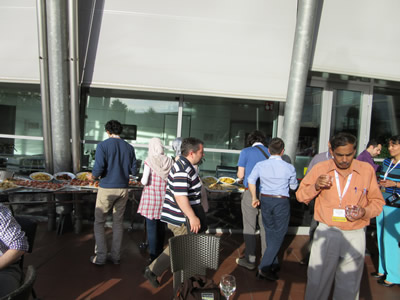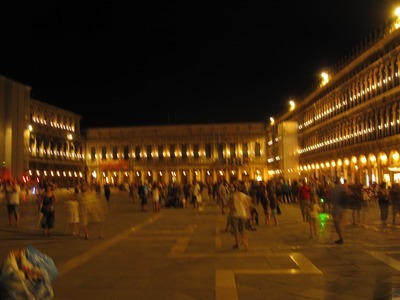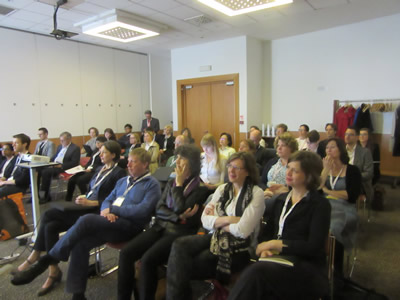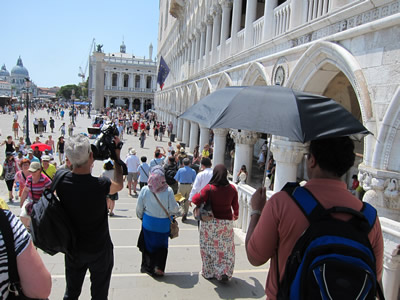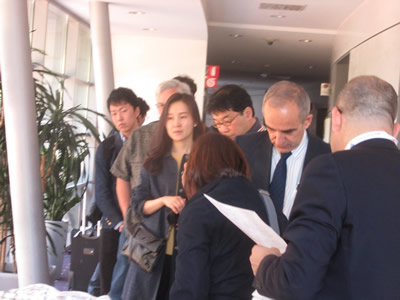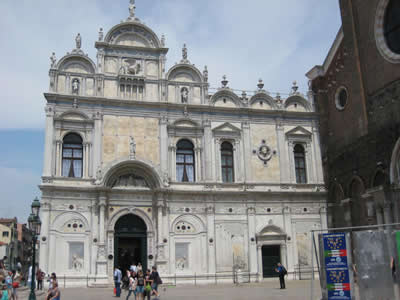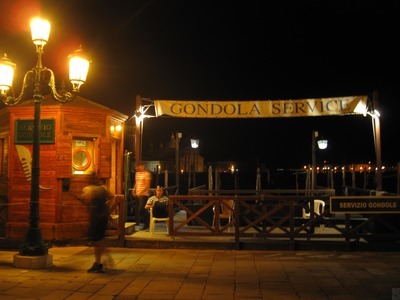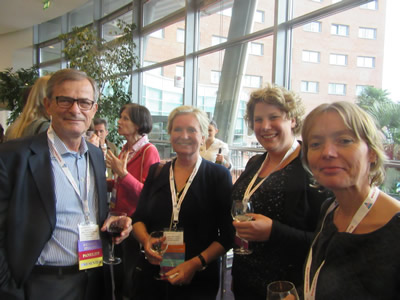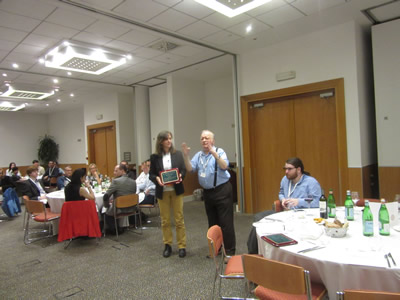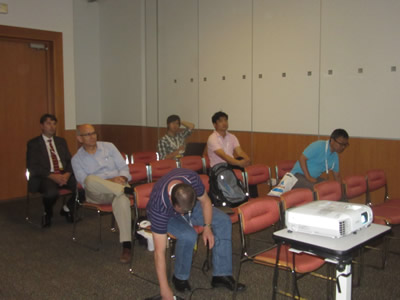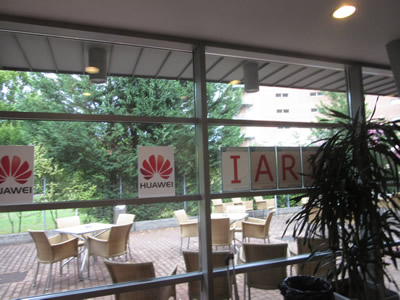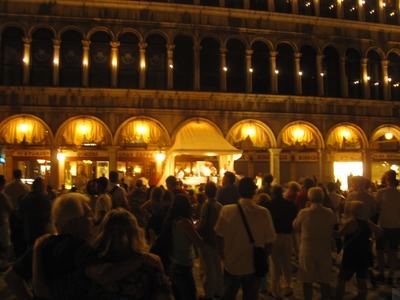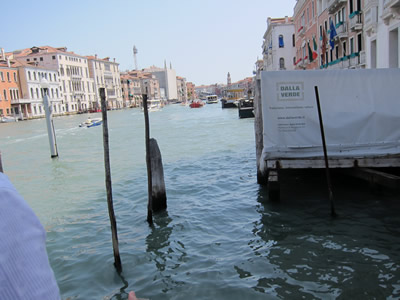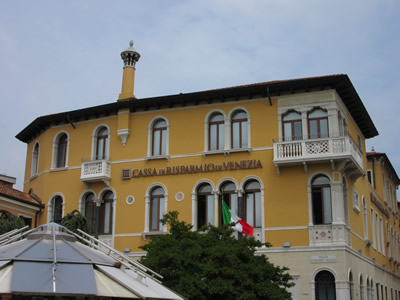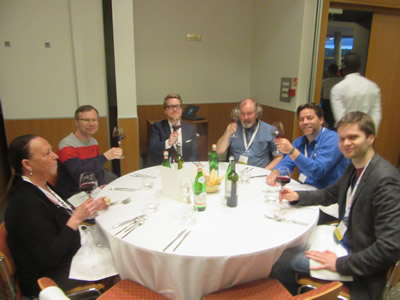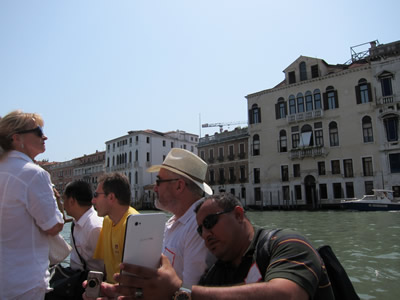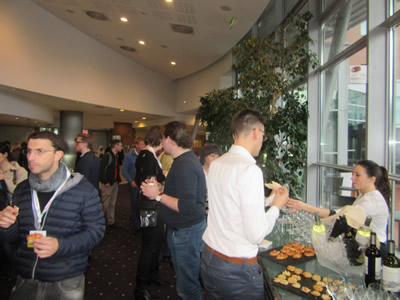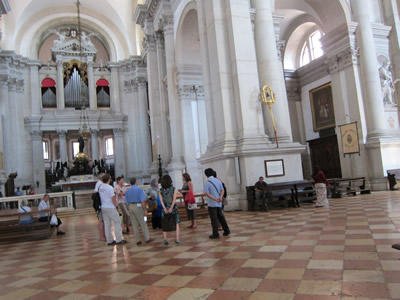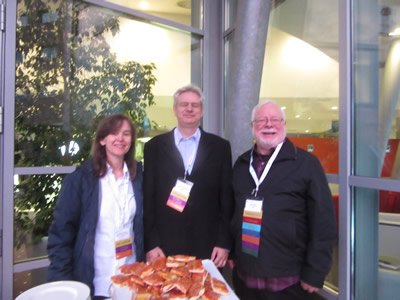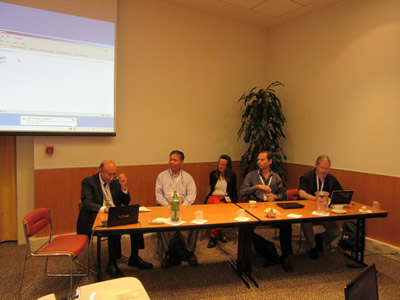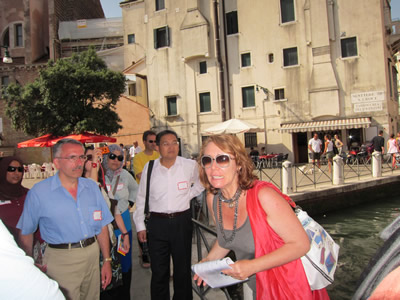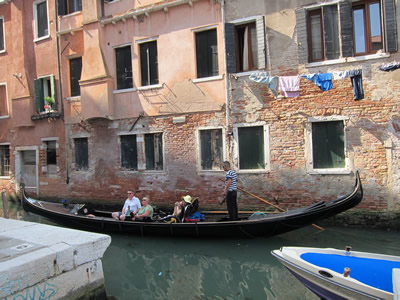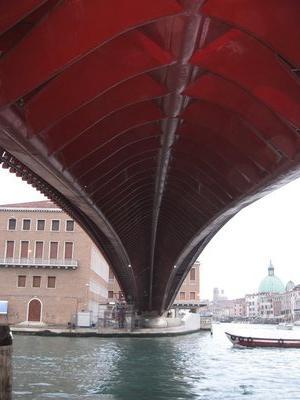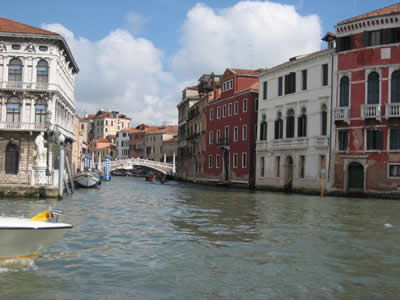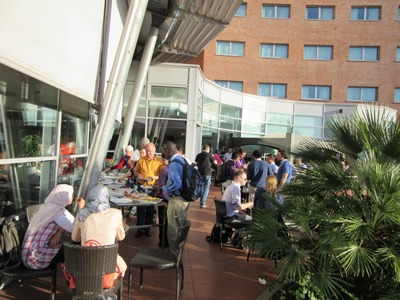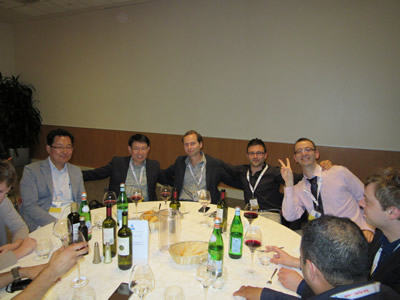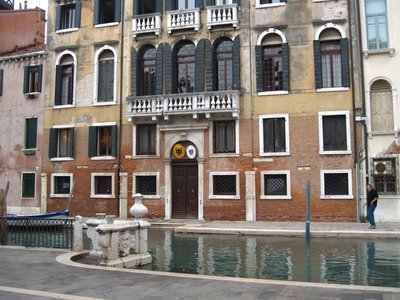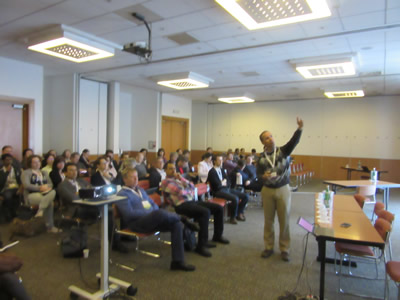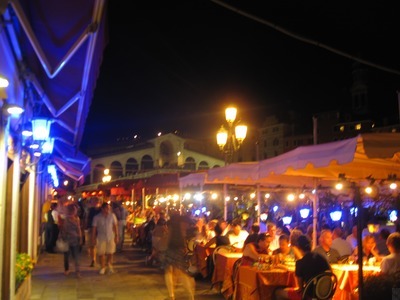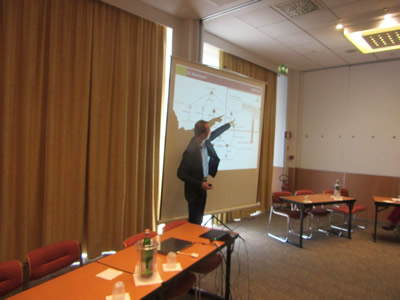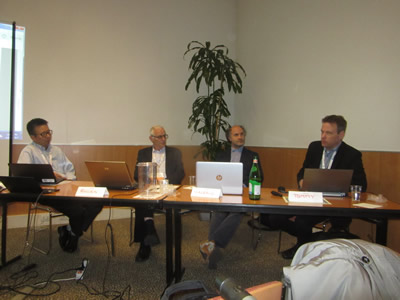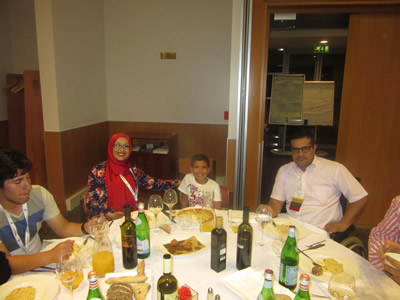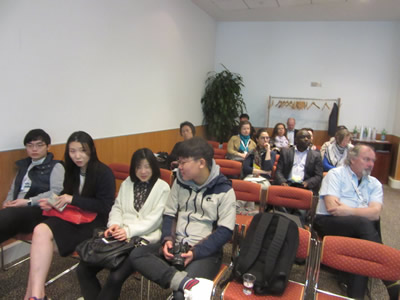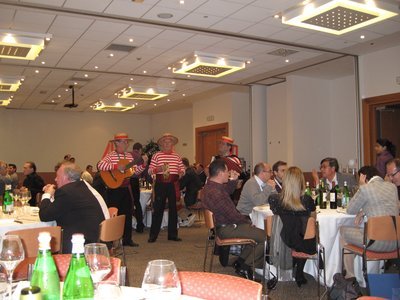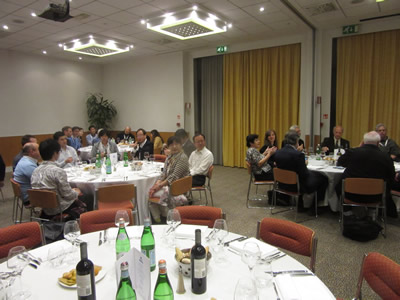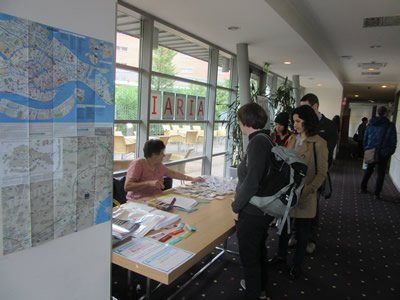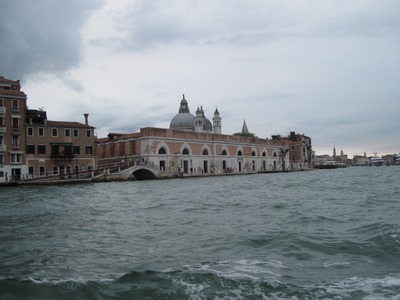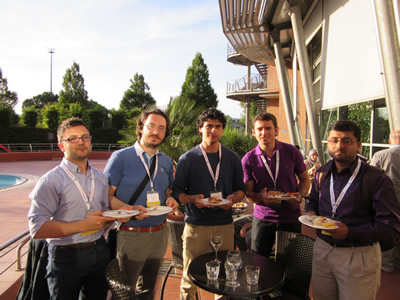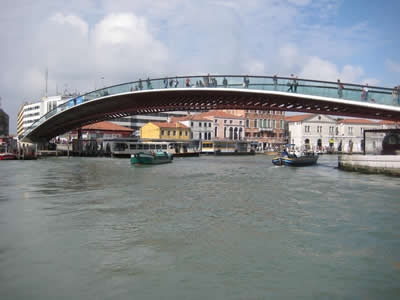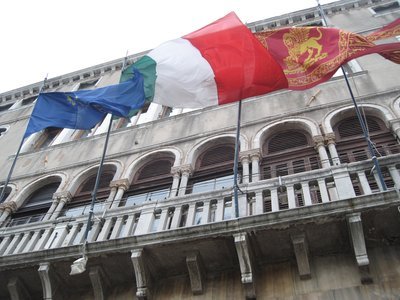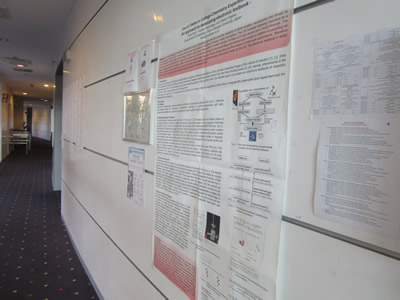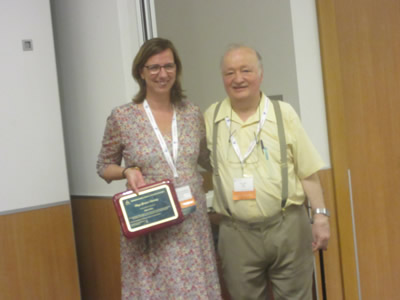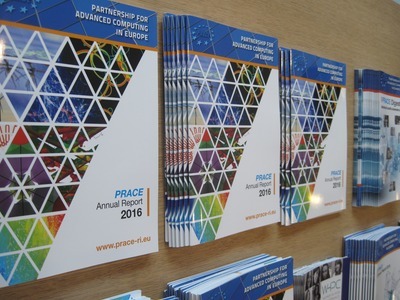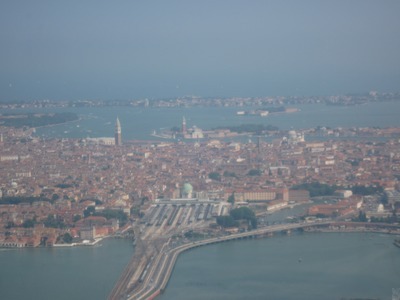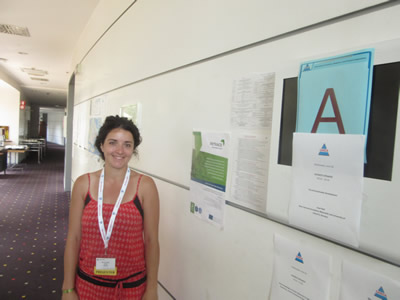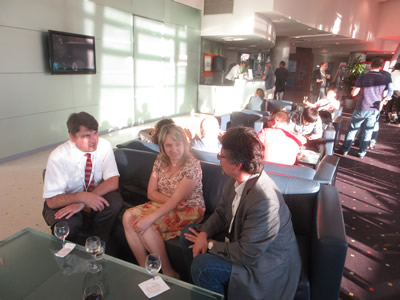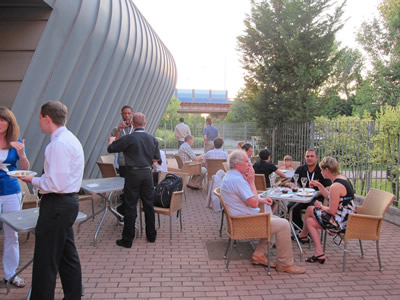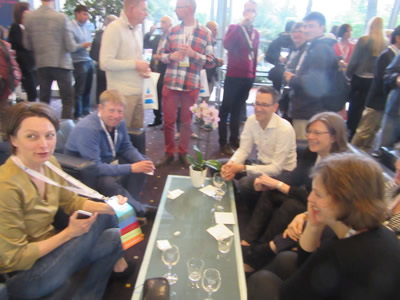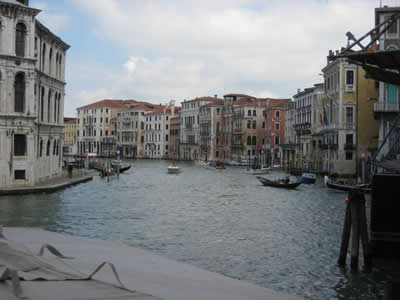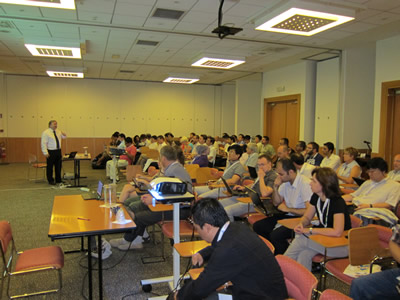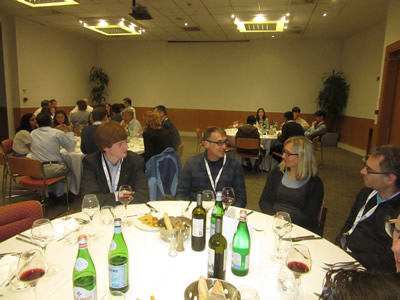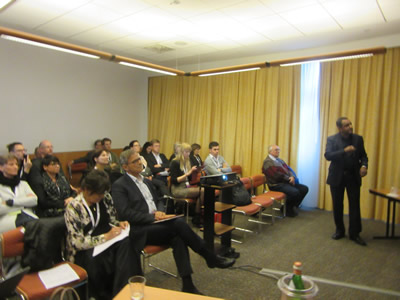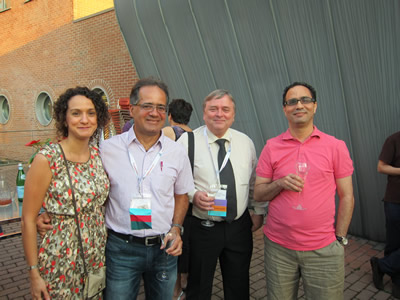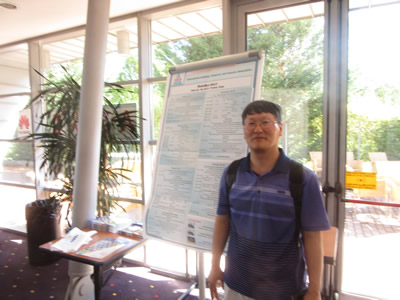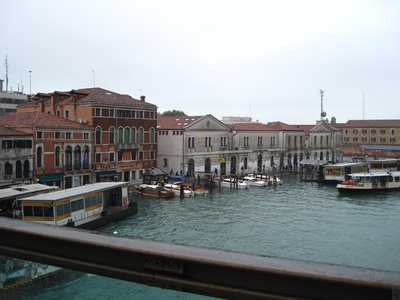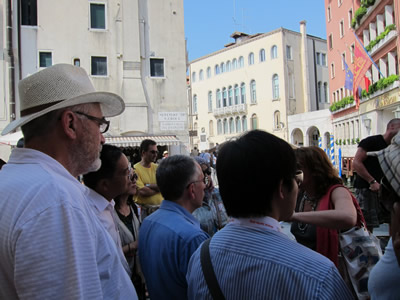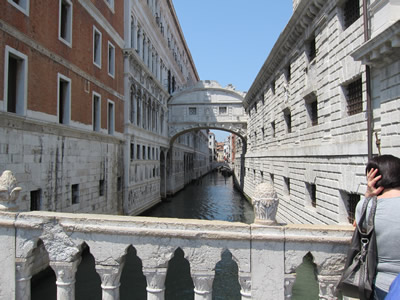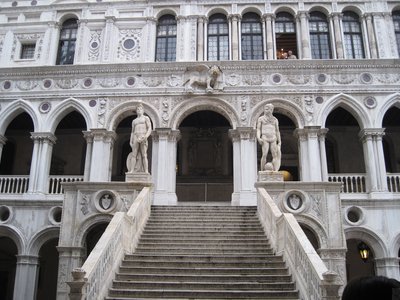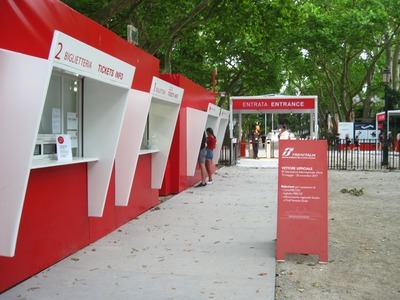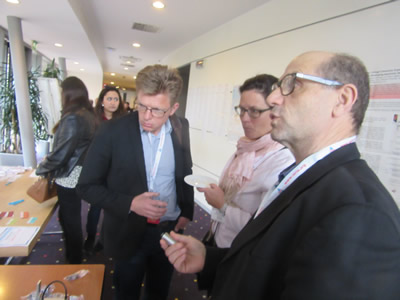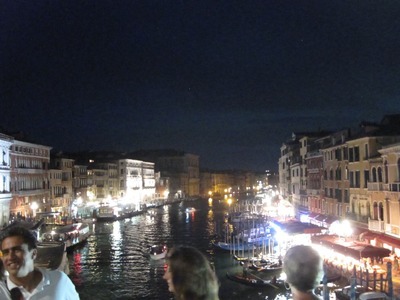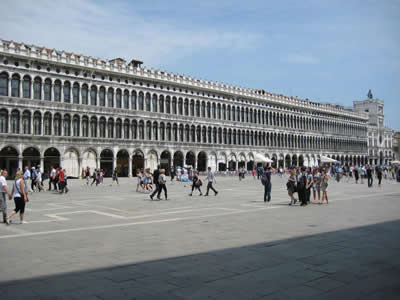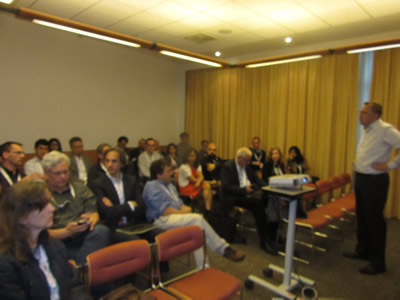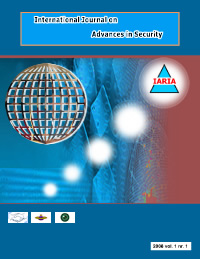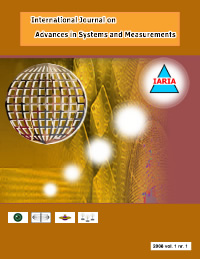ICQNM 2018 - The Twelfth International Conference on Quantum, Nano/Bio, and Micro Technologies
September 16, 2018 - September 20, 2018
ICQNM 2018: Tutorials
T1. Visible Light Communications in Smart Road Infrastructures
Prof. Dr. Manuel Augusto Vieira, Portugal
This tutorial deals with mobility. This is an emerging topic and, every year, takes place, in Europe, the week of mobility “EUROPEANMOBILITYWEEK” held this year in 16-22 September 2018.
This tutorial, entitled ”Visible light communications in smart road infrastructures”, mainly reports four work areas focusing on “multimodality” .
The first work area, “Admission regulation of traffic to improve public transport in urban areas” presents the travel speed balance of a bus, in a fixed route, and correlated it with the in-car volume controlled through traffic lights. Results show that, during the time period under study, benefits in bus travel speed were possible through a feed-back real time co-operative control between urban traffic control and Public transport vehicle location systems.
In the second work area, “Essays for optical communications” it is presented some tunable WDM converters, based on amorphous SiC multilayer photonic transducers. Those transducers combine the simultaneous demultiplexing operation with the photodetection and self-amplification. They are optimized for provide the high-sensitivity needed for low-light applications, such as medicine, lighting, sensing and measurement.
Positioning, also known as localization, is the process of determining the spatial position of an object or person. The leading technologies (GPS and mobile networks) are not suitable for use within buildings. In the third work area, “Indoor positioning using a-SiC:H technology” the SiC optical processor for indoor positioning is realized by using a SiC pin/pin photodetector. Additional parity logic operations are performed and checked for errors together.
Finally, in the fourth work area, “Connected cars: Road to vehicle communication through visible light” the communication between the infrastructures and the vehicles (I2V), between vehicles (V2V) and from the vehicles to the infrastructures (V2I) is performed through Visible Light Communication (VLC) using the street lamps and the traffic signaling LEDs to broadcast the information. Vehicle headlamps and taillights are used to transmit data to other vehicles or infrastructures allowing digital safety and data privacy.
T2. Software Security Testing
Prof. Dr. George Yee, Carleton University, Canada
In tandem with the growing important roles of software in modern society is the
increasing number of threats to software. Building software systems that are
resistant to these threats is one of the greatest challenges in information technology. Security testing helps to produce more secure software. However,
coming up with appropriate, effective security test cases is often very
challenging. The question of what vulnerabilities to test for has to be answered.
The search for answers to this question can lead to too many test cases (too
costly in terms of test resources), too few test cases (vulnerabilities are missed),
inappropriate test cases (vulnerabilities again missed), or combinations of the
preceding. This is a tutorial on software security testing, with emphasis on how to
identify and prioritize vulnerabilities for testing based on threat analysis. The
objectives of this approach are both to optimize the use of scarce test resources
and to ensure that security test cases are determined methodically based on
state-of-the-art research.
The tutorial covers the following main topics (durations are approximate):
• Introduction (15 minutes)
• Security Testing Methodology (60 minutes)
• Security Testing Application Example (20 minutes)
• Conclusions (5 minutes)
T3. Key Issues in Green IT
Prof. Dr. William M. Campbell, Birmingham City University - Birmingham, UK
In 2003, Martin Rees, the British Astronomer Royal published a book which attracted much attention, “Our Final Century: Will the Human Race Survive the Twenty-first Century.” In it he argued that the human race had had only a 50% chance of surviving this century. The threats included nuclear war, chemical wars and climate change. Climate change is a key driver of the so-called ‘Green Agenda’. There is a widespread consensus that the increase in Greenhouse Gases, as a result of industrialization, has already had a significant effect on the climate and may make parts of the planet uninhabitable by the end of the century. Furthermore, natural resources are being used at an unsustainable rate and the careless disposal of waste is poisoning both land and sea.
IT has a central role in the modern world and IT is estimated to be responsible for around 2% of global carbon dioxide emissions. Green IT is an important part of the green agenda. It has become established as a focus for academic enquiry into both the attempts to mitigate the negative effects of IT due to carbon emissions and pollution from e-waste; and the positive contribution of IT systems to supporting sustainability, such as environmental monitoring systems and smart cities.
This tutorial will introduce the key elements of Green IT and explore likely future developments.
Main Topics
Overview of Green IT and description of the key elements
Green hardware
Green software
Cloud Computing and Data Centres
Green Information Systems
Green metrics
Developing a green IT culture
Management and strategy for green IT
Green ontologies
An international perspective
Future developments
